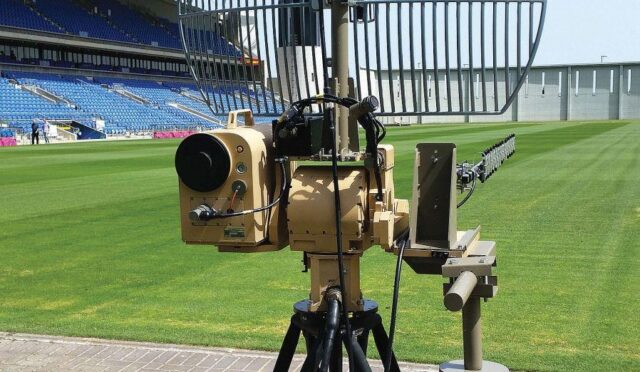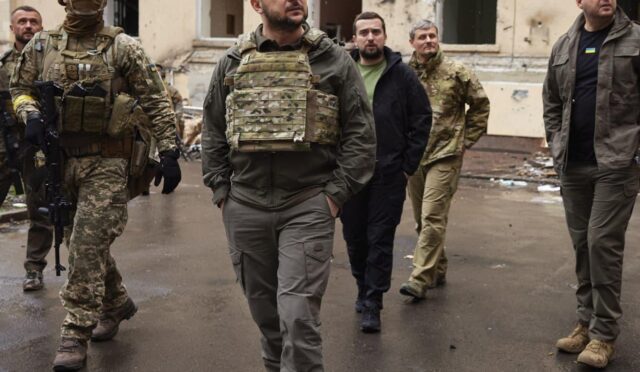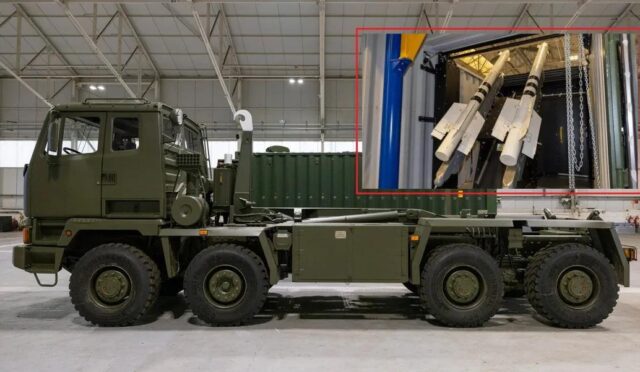US-Italy Space Security Agreement Enhances Defense Capabilities
The United States has formalized a new agreement with Italy, aimed at bolstering cooperative efforts in the realm of space security. This pact seeks to increase synergy between the US Space Force (USSF) and the Italian Air Force, fundamentally enhancing their operational capabilities. The signing took place in Rome, where USSF Chief of Space Operations, General Chance Saltzman, and Italian Air Force Chief of Staff, Lieutenant General Luca Goretti, came together to emphasize the importance of collaborative defense in the space domain.
This agreement comes against the backdrop of growing strategic interests surrounding space, as both nations recognize its vital role in national defense and deterrence operations. An official statement from the USSF highlighted that the understanding between the two forces offers a significant opportunity to develop joint skills and enhance collective security, ultimately aiming to ensure the safety of the space environment.
Strengthening Bilateral Cooperation
Central to the agreement is the emphasis on bilateral cooperation, which builds upon the existing Military Personnel Exchange Program between the US and Italy. This initiative is designed to facilitate knowledge sharing and operational integration, allowing both militaries to work more effectively together. The collaboration reflects a broader commitment to maintaining security in the increasingly contested domain of space.
In addition to the exchange of personnel and operational strategies, the partnership aims to coordinate various missions and activities, reinforcing the capabilities of both countries in safeguarding their interests beyond earth. Such joint initiatives underscore the importance of international partnerships in tackling the complexities posed by modern threats in space.
Enhancements within the US Space Force
As part of its ongoing efforts to expand defense capabilities, the USSF is also investing in infrastructure upgrades, including the establishment of relay ground stations in both the United States and the United Kingdom. These advancements support the Next-Generation Overhead Persistent Infrared program, which is crucial for developing satellite constellations that can track missile launches and potential threats.
Furthermore, the USSF has achieved operational acceptance of the Survivable Endurable Evolution (S2E2) threat detection system. This system is a modern replacement for technology dating back to the 1960s, providing enhanced command and control functionality, satellite-based sensors for ground processing, and improved early missile warning systems, including detection capabilities for GPS-based nuclear detonations.






